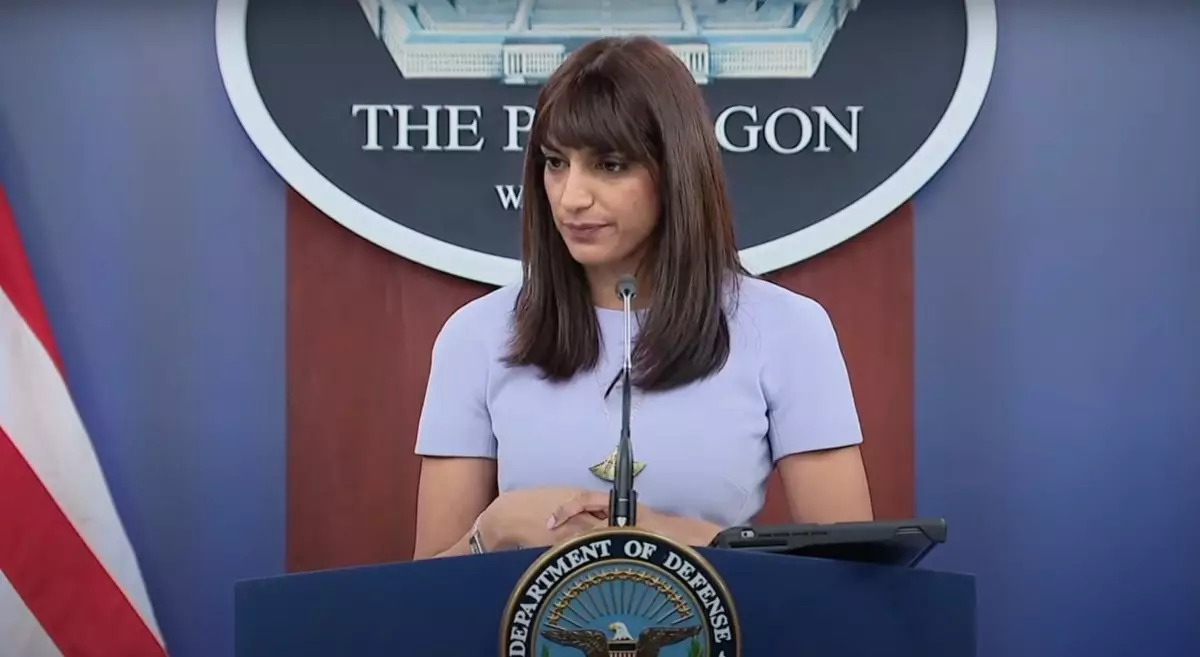In recent weeks, residents and authorities in New Jersey and surrounding areas have been confronted with an increasing number of mysterious drone sightings. This wave of aerial phenomena has escalated to such a degree that it garnered the attention of lawmakers and the Pentagon, igniting discussions at a Congressional hearing focused on national security and public safety. During a press briefing on Wednesday, Pentagon officials provided significant updates, although not enough to demystify the situation entirely. They emphasized a lack of evidence attributing the sighting of these drones to foreign entities, as well as a clear statement that they were not affiliated with U.S. military operations.
While the absence of clarity has led to widespread speculation, the statements from officials provide a sense of assurance that, at least for now, there are no immediate threats associated with these drone activities. The frustrations aired by lawmakers reflect a broader concern about the government’s capability to respond to and manage unexplained phenomena within its borders.
The Congressional Hearing: Questions Without Answers
The Congressional hearing on drone activity revealed just how perplexing this situation has become. Lawmakers, worried about the implications of these unidentified aircraft, pressed for answers. The Federal Bureau of Investigation (FBI) reported that over 3,000 sightings had been recorded, prompting questions about both the source of these drones and the broader implications for national security. With such a large number of reports, one might expect a more rapid and thorough investigative response, but the FBI revealed that its budget for counter-drone operations is blatantly inadequate, standing at only $500,000. This begs the question: how can authorities effectively monitor and respond to aerial incursions with such limited resources?
Despite the revelations during the hearing, a definitive identification of the responsible parties eluded officials. Pentagon Press Secretary Sabrina Singh addressed the media with a firm stance, declaring that the drones were neither foreign adversaries nor American military drones. Her reassurances were likely intended to quell public anxiety but instead sparked additional speculation about the drones’ origin—ranging from secret military testing to unidentified aerial phenomena (UAPs).
Local Reactions: Fear and Speculation
The local community has been understandably uneasy, raising concerns that have been amplified through various media channels. Among these worries is the logistics and safety of air travel; reports indicated that drone activities had even disrupted a medevac operation, underscoring the potential consequences of unmonitored airspace. The lack of a clear understanding of these drone activities has prompted fear of both domestic misuse and potential foreign surveillance, prompting a flurry of theories, some bordering on the absurd.
Amid speculations, some minds have ventured to link these drones to foreign operatives, with one representative suggesting that an “Iranian mothership” might be involved. Singh swiftly debunked this theory, emphasizing the absence of any foreign maritime presence associated with the drone activities. While these assents are essential for managing public perception, they inevitably draw attention to the fact that the core issue remains unresolved.
As investigations proceed, the enigma surrounding the drones remains. The Pentagon and other federal agencies have pledged to continue monitoring the situation, yet unanswered questions linger in the minds of residents and officials alike. What is the reason behind the upsurge in drone sightings? Who is orchestrating these incursions, and what are their intentions?
While it is crucial for regulatory bodies like the Federal Aviation Administration to develop effective regulations for drone operations—particularly considering the rise in consumer and commercial drone usage—the current climate of speculation and fear necessitates a robust and transparent investigative response from government agencies. As the narrative unfolds, it will be interesting to see how public sentiment and legislative action evolve in response to this complex aerial conundrum. For now, the unidentified drones remain shrouded in mystery, a modern challenge that underscores the intricate relationship between technology, security, and public safety in today’s increasingly drone-filled skies.

